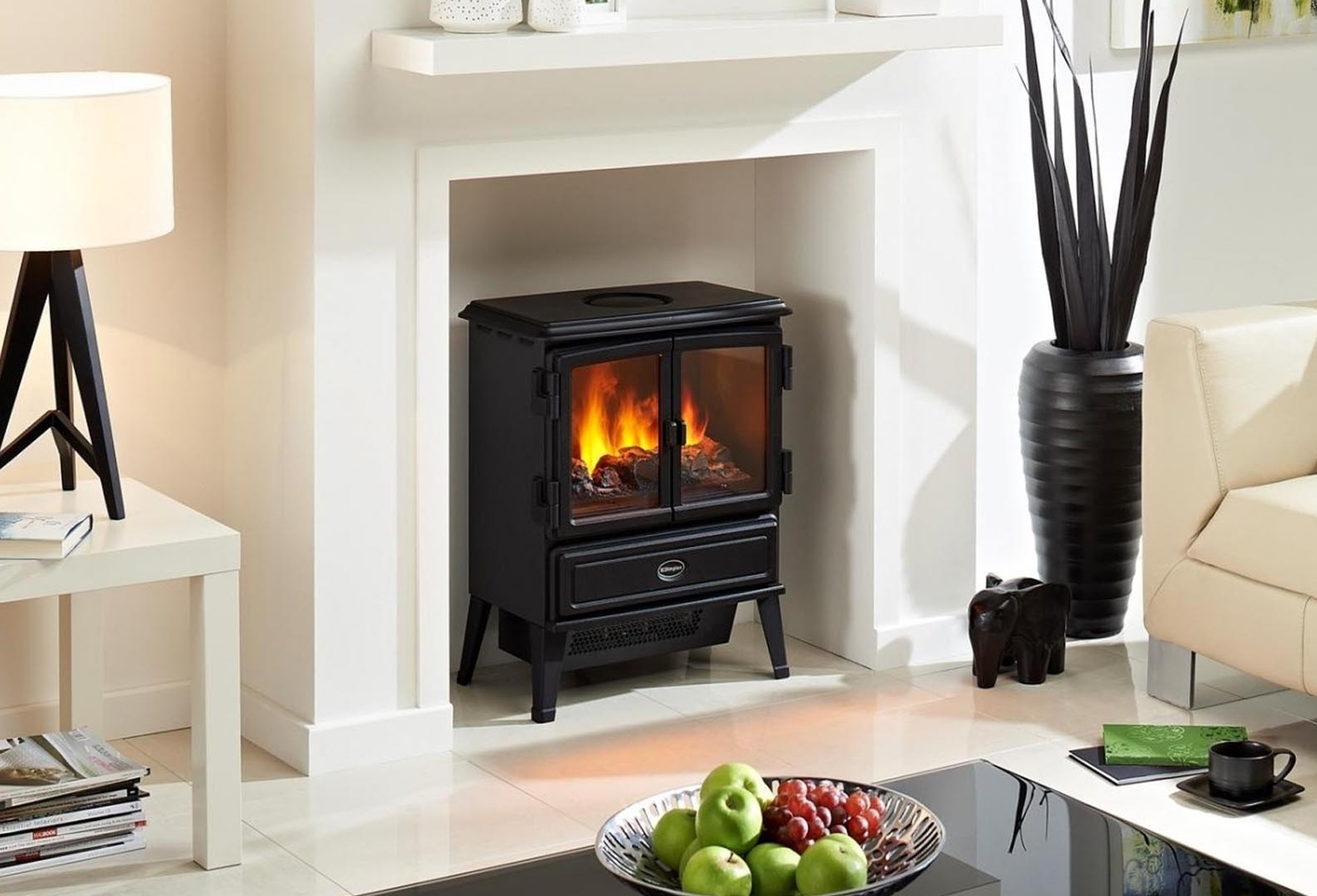The installation process for electric fireplaces is generally considered relatively easy compared to traditional wood-burning or gas fireplaces. However, the ease of installation can still vary depending on the type of electric fireplace and the space in which it is being installed. Here are some factors to consider:
-
Plug-and-Play Design:
- Many electric fireplaces are designed to be plug-and-play, meaning they can be simply plugged into a standard electrical outlet. This feature makes installation easy and doesn't require any specialized wiring or professional assistance.
-
Freestanding Units:
- Freestanding electric fireplaces are among the easiest to install. They often come fully assembled and can be placed in any suitable location where there is access to a power outlet. No built-in installation or complex setup is required.

- Freestanding electric fireplaces are among the easiest to install. They often come fully assembled and can be placed in any suitable location where there is access to a power outlet. No built-in installation or complex setup is required.
-
Wall-Mounted Units:
- Wall-mounted electric fireplaces are designed to be mounted on a wall. The installation process typically involves securing a mounting bracket to the wall and then attaching the fireplace unit to the bracket. While this is still a straightforward process, it may require some tools and basic DIY skills.
-
Inserts for Existing Fireplaces:
- Electric fireplace inserts are designed to fit into existing traditional fireplaces. Installation involves placing the insert into the fireplace opening and plugging it into an electrical outlet. This option provides a quick and easy way to convert a traditional fireplace into an electric one.
-
Built-In or Recessed Units:
- Some electric fireplaces are designed to be built into a wall or recessed into a cavity. While this may require a bit more effort, the process is generally considered manageable for DIY enthusiasts. It may involve creating a recess in the wall, ensuring proper ventilation, and securing the unit in place.
-
Consideration for Ventilation:
- Unlike gas or wood-burning fireplaces, electric fireplaces don't produce real flames, so they typically don't require ventilation. However, some built-in or recessed models may come with ventilation options, and it's important to follow the manufacturer's guidelines for proper airflow.
-
Professional Installation:
- In some cases, individuals may prefer or be required to seek professional assistance, especially for more complex installations. This is often the case when dealing with built-in or custom installations that may involve electrical work or modifications to the structure.
-
Space and Safety Considerations:
- Regardless of the type of electric fireplace, it's crucial to consider safety and spacing requirements. Ensure that the fireplace is placed away from flammable materials, and follow the manufacturer's guidelines for minimum clearance distances.

 0086-574-62766180/62766182
0086-574-62766180/62766182






 English
English 中文简体
中文简体













